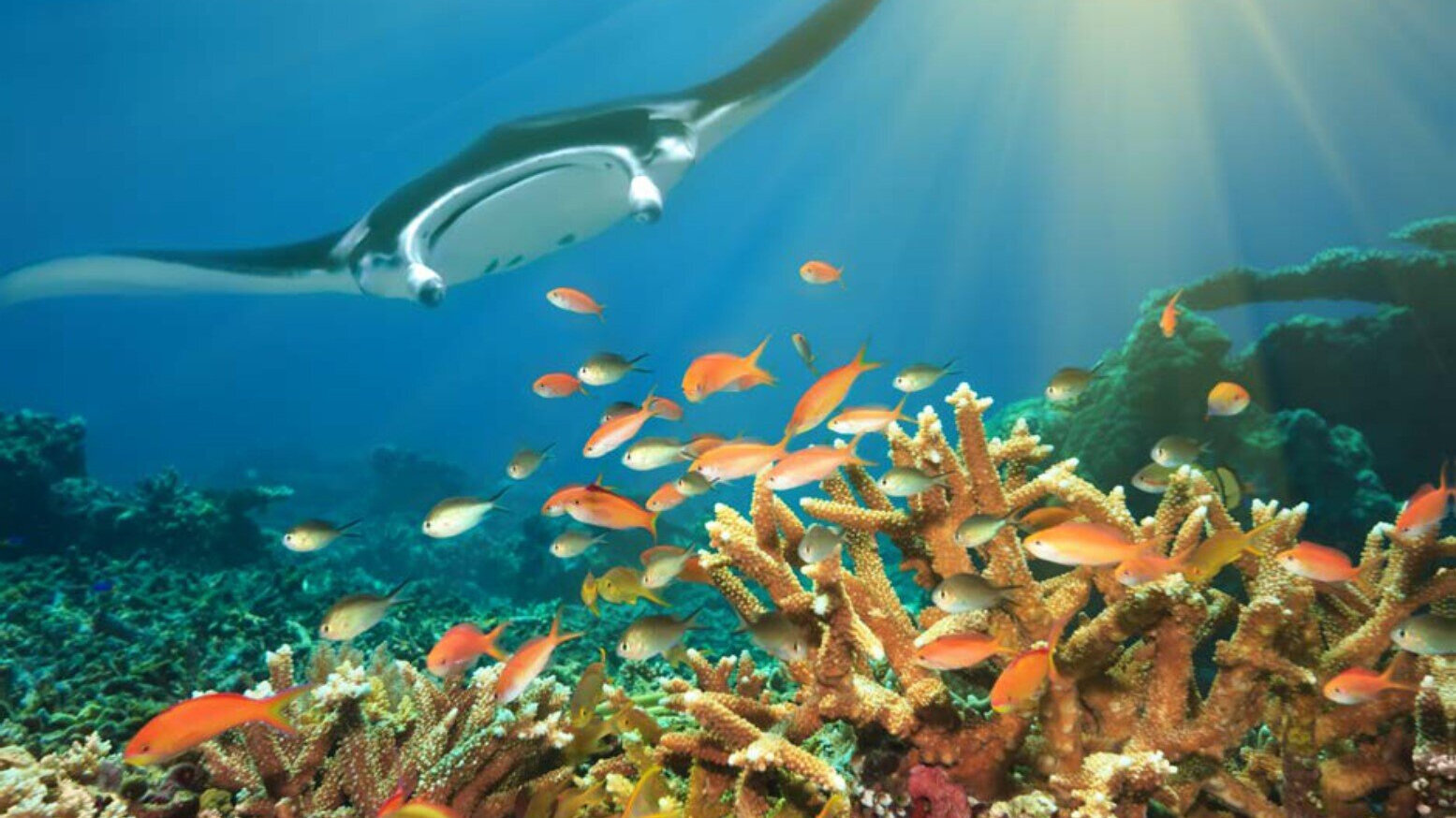A Luxury Adventure in Bali & the Komodo Islands: SCUBA Diving, Culture & Serenity
by Gabrielle Warncke, Luxury Travel Advisor
Updated in March 2025
My travel experiences generally fall into two categories: destinations that captivate me for their cultural or geographic allure and those that beckon me beneath the waves in my SCUBA gear. This year, my dive group chose the Komodo Islands in Indonesia—an exhilarating prospect on its own. But when I discovered that our journey would begin and end in Bali, I knew this trip would be extraordinary. It was the perfect opportunity to blend an unforgettable luxury dive adventure with an exploration of an island that has long intrigued me.
Our journey began in Denpasar, Bali, before heading to our first dive site at Padang Bay. There, we were fortunate to encounter the elusive Mola Mola (Sunfish)—a rare and awe-inspiring sight. Over the next few days, we ventured to Moyo Island and Bima Bay on Sumbawa Island, both renowned for their vibrant macro marine life—delicate seahorses, porcelain crabs, and other hidden underwater treasures.
The fourth day delivered an unparalleled experience at Sangiang Volcano, where I felt the deep rumble of an active volcano while submerged underwater—a surreal mix of excitement, wonder, and a touch of trepidation. The remainder of our diving adventure unfolded around the Komodo and Rinca Islands, where we swam alongside graceful manta rays, marveled at vibrant nudibranchs like the Spanish Dancer, and drifted through dive sites so rich in marine life that it felt like stepping into the pages of a National Geographic expedition.
Bali: A Journey Through Culture & Luxury
With my SCUBA diving adventure complete, I returned to Denpasar, eager to immerse myself in Bali’s rich culture. My first stop was Seminyak, an increasingly stylish enclave brimming with world-class restaurants, upscale boutiques, and vibrant nightlife. A visit to Tanah Lot, the iconic sea temple, proved magical—especially in the early morning when the crowds had yet to arrive, allowing for a serene and contemplative experience.
Heading north, I explored the UNESCO-listed Jatiluwih Rice Terraces, where centuries-old agricultural mastery has sculpted the land into a breathtaking mosaic of verdant steps. Walking through these terraces, with the soothing trickle of water cascading from one paddy to another, was nothing short of mesmerizing.
Ubud: The Artistic & Spiritual Heart of Bali
Ubud, Bali’s artistic and cultural hub, offered an immersive dive into the island’s creative spirit. At the ARMA Museum, I observed artisans practicing traditional Balinese crafts—painting, woodcarving, batik, weaving, and dance. Visitors can partake in workshops, creating a tangible connection to Bali’s artistic heritage. The streets of Ubud are lined with galleries and boutiques, perfect for collecting unique pieces that encapsulate the island’s rich culture.
Beyond the town, Ubud’s lush surroundings provide endless opportunities for adventure and discovery. I embarked on a scenic downhill cycling journey, weaving through emerald rice fields and quiet villages untouched by time. My guide, whose family had farmed these lands for generations, shared stories of a simpler life—a striking contrast to the bustling tourist hubs. Along the way, we passed children playing in their yards, farmers tending to their crops, and locals bathing in streams—a glimpse into authentic Balinese life.
The Hidden Gems of Eastern Bali
Venturing east, I discovered a less-traveled side of Bali near Manggis, an area that captivated me with its authenticity and tranquility. A hike from Kastala to the ancient Tenganan Village revealed a glimpse into the island’s pre-colonial heritage. Two exquisite water palaces, Tirta Gangga and Taman Ujung, provided peaceful retreats, their stunning architecture and reflective pools evoking a timeless serenity. During this leg of my journey, I stayed at Amankila, where impeccable service and unparalleled tranquility made for an unforgettable stay.
A Grand Finale in Uluwatu & Jimbaran
For the final chapter of my adventure, I returned to southern Bali, where Uluwatu and Jimbaran offered a luxurious farewell to the island. My stay at Bulgari Bali was exceptional—its cliffside location, impeccable design, and world-class service making it a destination in itself.
I visited the dramatic Uluwatu Temple and watched the mesmerizing Kecak Dance at sunset, where rhythmic chants and flickering firelight set the stage for a breathtaking retelling of the eternal love story of Rama and Shinta.
Bali: A Destination That Captivates the Soul
Bali left an indelible mark on me. It is a place where natural beauty, deep-rooted spirituality, and world-class luxury coexist harmoniously. Unlike any other destination in Indonesia, Bali is a vibrant melting pot of tradition and modernity, where every traveler—whether drawn by culture, adventure, or pure relaxation—can find something to inspire and enchant.

